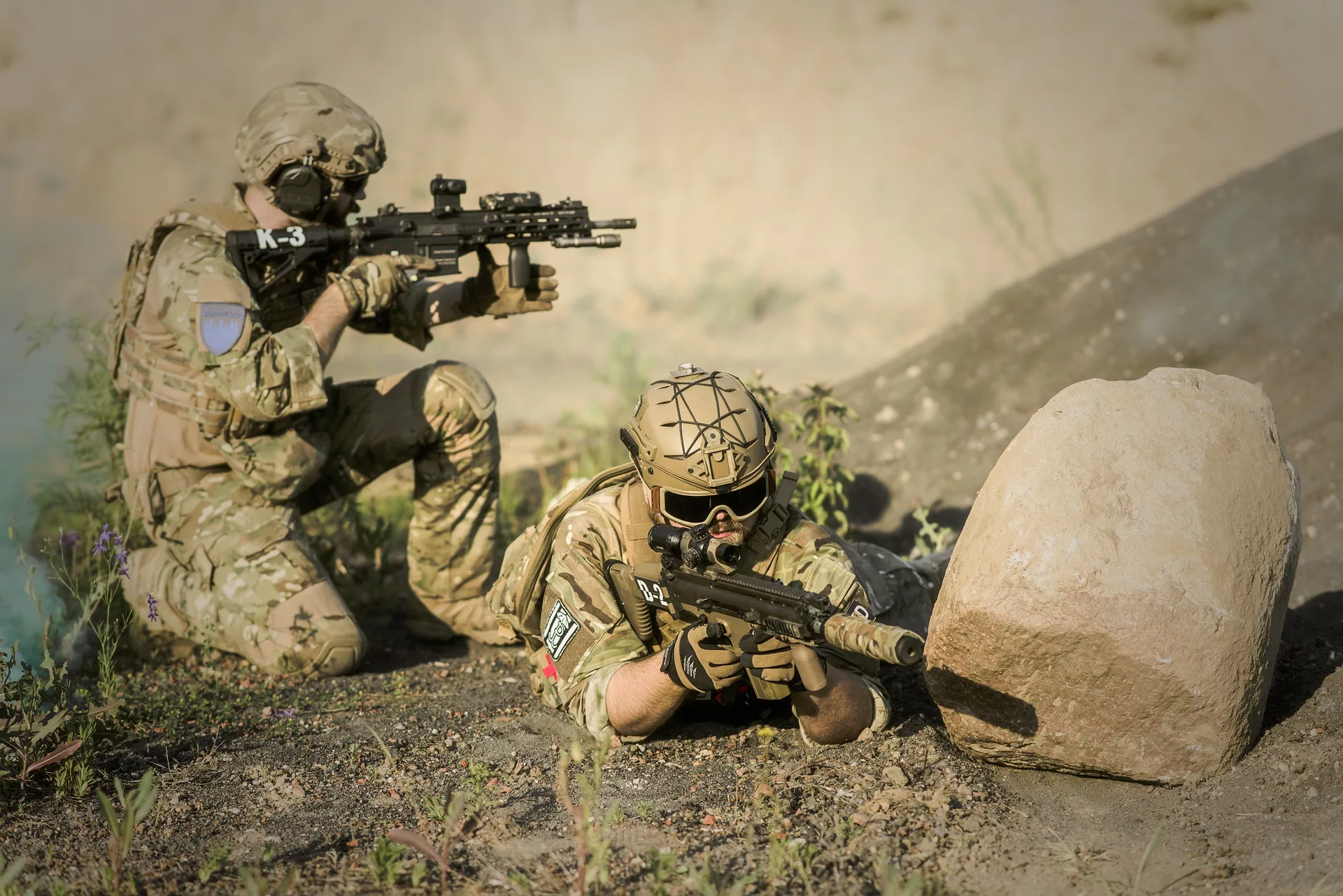The question of what the difference is between the ballistic protection classes, the American NIJ standard and the German Technical Guideline for Ballistic Protective Vests (TR) is asked again and again.
At first glance, there are many similarities:
5 protection levels and partly similar calibers. However, there are also a number of differences that are not immediately apparent. It cannot be said across the board that the NIJ standard or the German TR is better. It depends much more on which threat situation the wearer is facing and which features he wants to prioritize. Is multi-hit protection or protection for large caliber prioritized? Low weight or trauma reduction?
Depending on the requirements, a different ballistic standard is recommended. To clear up any confusion, this blog post will look at the two ballistic standards, explain their special features and hopefully help you find the right ballistic standard for your requirements.
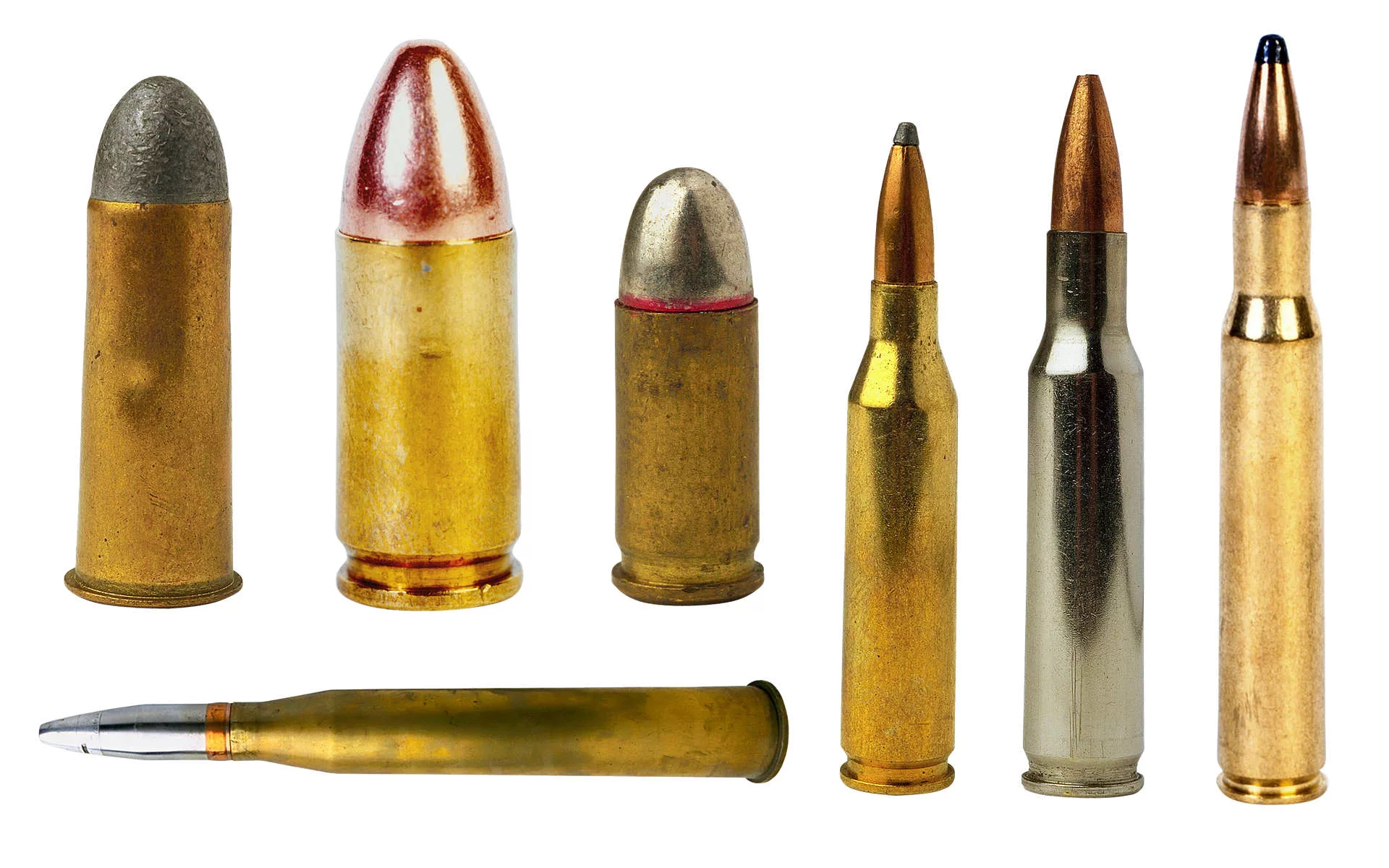
Ballistic protection class NIJ Standard 0101.06
NIJ Standard is the ballistic standard of the American National Institute of Justice. It has been the only nationally accepted standard in the USA since 1972 and has also established itself as the leading standard worldwide. The aim of the NIJ standard was to determine the minimum performance of ballistics and to establish these minimum requirements.
The NIJ Standard 0101.06 is the current American standard from 2008 and is divided into 5 protection classes:
Type IIa, Type II, Type IIIa, Type III and Type IV.
- NIJ IIa : Protection against bullets from “common” handguns
- NIJ II : Protection against bullets from handguns
- NIJ IIIA : Protection against bullets from all handguns and submachine guns
- NIJ IIII : Protection against normal bullets from long guns NIJ IV : Protection against hard core bullets from long guns
The ballistic requirements of the classes are as follows:
| Type | Caliber | Projectile type | Mass | Speed |
|---|---|---|---|---|
| IIa | 9 x 19 mm .40 S&W | Full Metal Jacketed | 8,00 gram | 373 +/- 9.1 m/s |
| II | 9 x 19 mm | Full Metal Jacketed | 8,00 gram | 398 +/- 9.1 m/s |
| .357 Magnum | Jacketed Soft Point | 6,00 gram | 436 +/- 9.1 m/s | |
| IIIa | .357 SIG (9 x 22 mm) | Full Metal Jacketed Flat Nose | 8,1 gram | 448 +/- 9.1 m/s |
| .44 Magnum | Semi Jacketed Hollow Point | 15,6 gram | 436 +/- 9.1 m/s | |
| III | .7.62 x 51 mm (M80) | Steel Jacketed | 9,6 gram | 847 +/- 9.1 m/s |
| IV | 7.62 x 63 mm (M2 AP) | Armor Piercing | 10,8 gram | 878 +/- 9.1 m/s |
How the NIJ is tested
For types IIa to IIIa, 6 shots are fired per insert. Of these, 4 shots are fired at an angle of 0° (Nato angle) and one at an angle of 30° and one at an angle of 45°. From type III onwards, shots are only fired at a 0° angle. 6 shots are fired at type III and 1-6 shots at type IV. The firing distance is 5 m for type IIa-III and 15 m for type IV. In addition, a wet test and a wear test are carried out.
The wet test is carried out for classes IIa-IIIa. The insoles are immersed vertically in 21°C water for 30 minutes and then allowed to drip off for 10 minutes. This is to guarantee that wet ballistics retain their performance.

Wear test
The wear test is intended to simulate several years of wear. After all, even a vest that has been worn for a long time should not lose its ballistic protection. In principle, the wear test is a good indicator of the quality of a protective vest. The better the result, the more resistant a vest is to environmental influences and the wearer can rely on its ballistics despite the harsh environment.
The wear test for classes IIa-IIIa includes a 10-day spin test at 65 °C with 72,000 +/- 1500 revolutions at a humidity of 80%. However, a lower muzzle velocity is used for the subsequent firing in order to take the conditioning into account. Class III and IV hard ballistics have to meet significantly higher requirements again.
They are also exposed to a humidity of 80% at 65 °C for 10 days, but without a spin cycle. They are then air-conditioned and must withstand large temperature fluctuations between -15 °C and + 90 °C at a humidity of 0-50% for 24 hours. A drop test is then carried out to ensure that the ballistics can withstand light shocks. In addition, the plates are immersed under water and then wet fired at.
The NIJ Standard 0101.06 specifies a maximum trauma of 44 mm for all types.
The NIJ standard does not include a sting test, which is regulated in a separate standard.
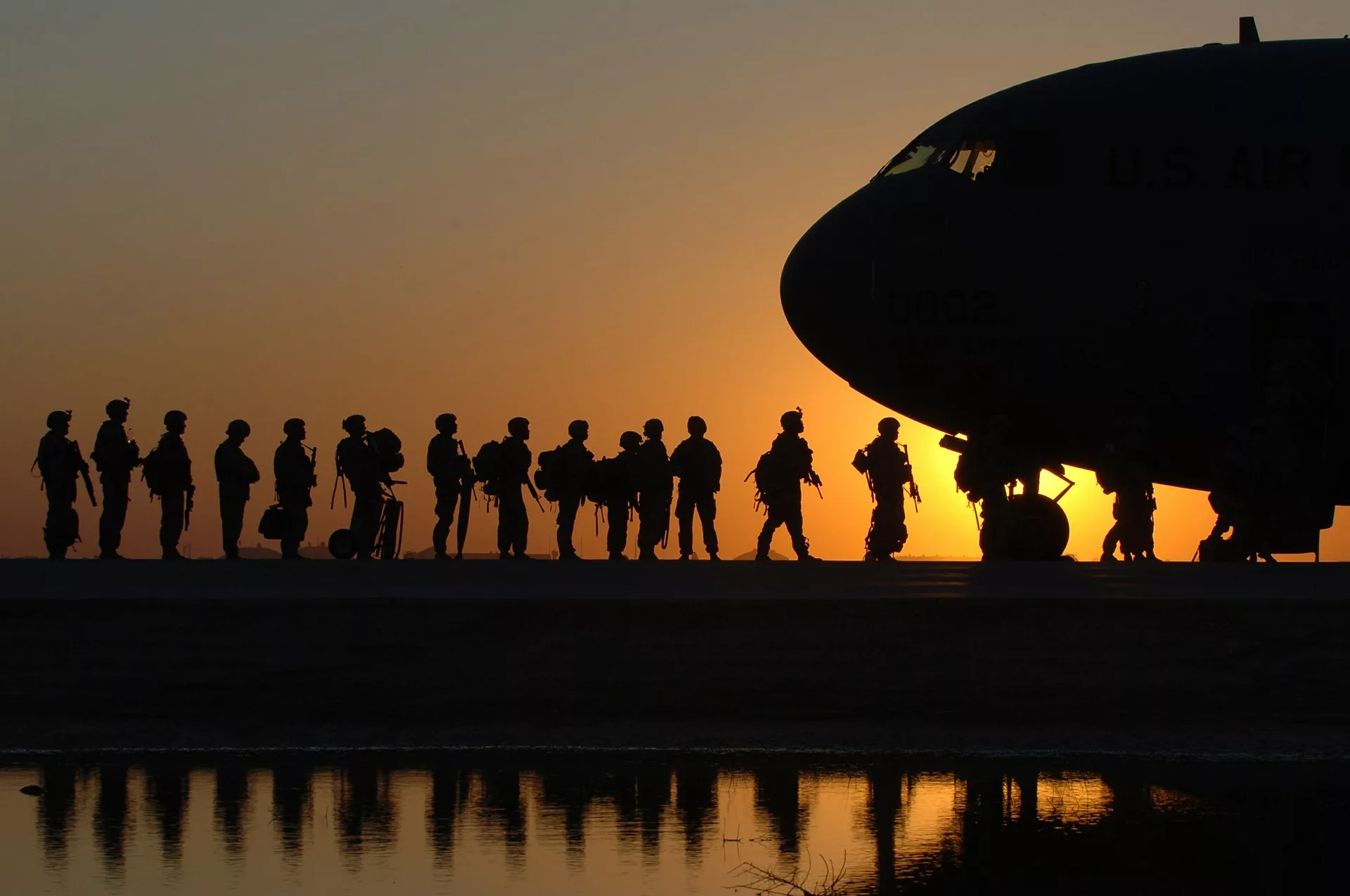
The Technical Guideline for Ballistic Protective Vests (TR) is the ballistic standard in Germany. The police and the German armed forces obtain their ballistic protective equipment on the basis of the TR. The technical guideline has existed since 1979 and is an established standard, particularly in German-speaking countries. However, it has never become as widespread as the American NIJ standard. Therefore, the TR is a niche standard internationally. Nevertheless, the German standard has some special features that should not be underestimated.
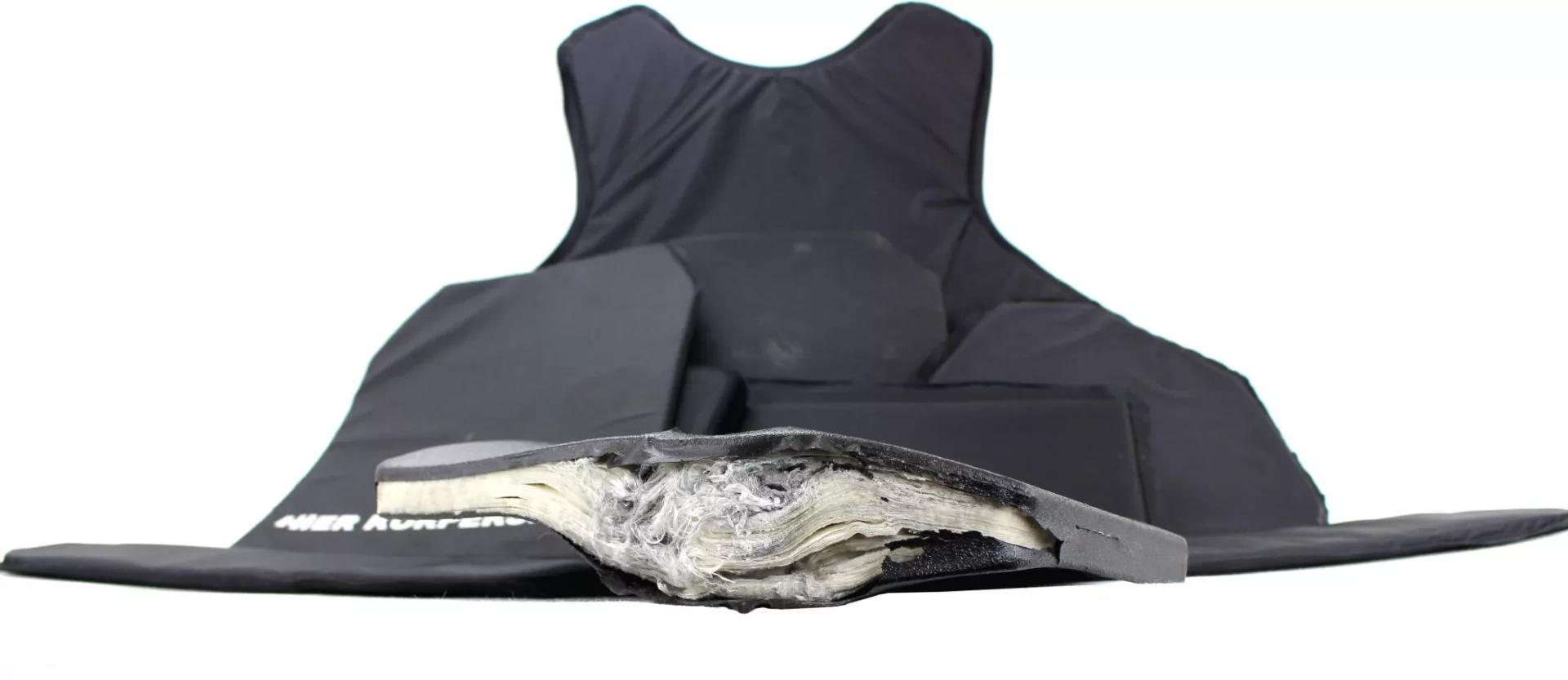
Ballistic protection class TR
Technical Guideline for Ballistic Protective Vests
Like the NIJ Standard 0101.06, the Technical Guideline Ballistic Protective Vests also dates from 2008. It is also divided into 5 protection classes which, unlike the NIJ Standard, also have a definition:
- Class L: Protection against bullets from “standard” handguns
- Class 1: Protection against bullets from submachine guns
- Class 2: Protection against bullets from all handguns
- Class 3: Protection against normal bullets from long guns
- Class 4: Protection against hard-core bullets from long guns
The ballistic requirements of the classes are as follows:
| SK | Caliber | Projectile type | Mass | Speed |
|---|---|---|---|---|
| L | 9 x 19 mm | Steel full sheath, round head, lead soft core, tin-plated | 8,00 gram | 360 m/s +/- 10 m/s |
| 1 | 9 x 19 mm | Steel full sheath, round head, lead soft core, tin-plated | 8,00 gram | 415 m/s +/- 10 m/s |
| QD-PEP II/S (Special police storey) | 6,00 gram | 460 m/s +/- 10 m/s | ||
| Action 4 (Special police storey) | 6,10 gram | 460 m/s +/- 10 m/s | ||
| 2 | .357 Magnum | Solid brass, taper point head | 7,10 gram | 580 m/s +/- 10 m/s |
| 3 | .223 Remington (5,56 x 45 mm) | Steel full jacket, pointed head, lead soft core with steel penetrator | 4,00 gram | 950 m/s +/- 10 m/s |
| .308 Winchester (7,62 x 51 mm) | Steel full jacket, pointed head, lead soft core | 9,55 gram | 830 m/s +/- 10 m/s | |
| 4 | .308 Winchester (7,62 x 51 mm) | Steel full jacket, pointed head, lead soft core | 9,70 gram | 820 m/s +/- 10 m/s |
For SK L to SK 1, 4 shots are fired at an angle of 0°. This is followed by angle firing with 3 shots at 65° and 3 shots at 0°. When testing with police ammunition, there is no firing at 0°. From SK 2 to SK 4, the test is performed with 3 shots at 0° and 3 shots at 65°.
Separate inserts are used for each shot. Therefore, for example, no shot is fired at 0° and one shot is fired at 65° at the same ballistic insert.
The firing distance is 5 m for SK L to SK 2 and 10 m for SK 3 and above, except for the attached shot.
SK L or SK 1 level protective vests are tested against an attached shot. The barrel of the weapon is pressed against the insert with 10 kg pressure and 3 shots are fired at the insert. In the event of a scuffle, the protective vest should also withstand shots from the shortest distance. Depending on the design, not every protective vest can do this.
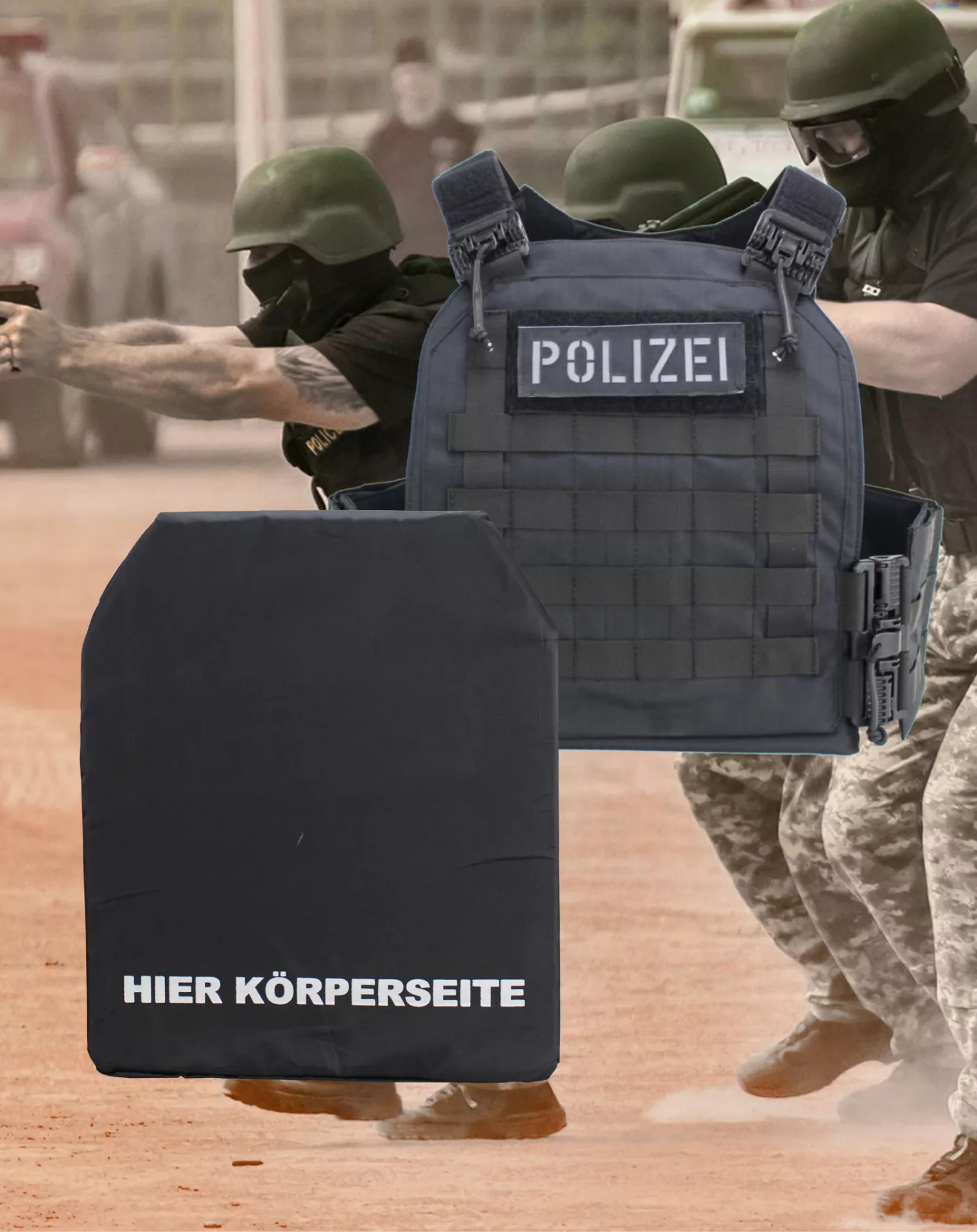
Wear test
In order to test the wear resistance of the soft ballistics, the TR also requires a wear test and air conditioning of the test samples.
A cold/heat test is carried out once. An insert is stored for 16 hours at -20 °C, at +20 °C and 65 % humidity and +70 °C vertically standing or hanging in a climatic cabinet.
In the actual wear test, the insert is stored vertically or suspended at +40 °C and a humidity of 90-95 % for at least 16 hours. What is special here, however, is that the actual ballistic package, if it is shrink-wrapped in a moisture-repellent cover, must be removed from it. This means that the actual ballistics are unprotected from heat and humidity. The wear test therefore directly tests the resistance of the material and its processing.
The TR stipulates a service life of 10 years for a protective vest.

The ballistic protection class TR distinguishes between undergarment and overgarment vests in terms of trauma value. Undergarment vests that are worn concealed under clothing and therefore closer to the body may have a maximum trauma value of 40 mm. The TR is based on the American NIJ standard. In contrast, the TR specifies a maximum trauma of 22 mm for overt vests. The TR has a different basic consideration here. Undergarment vests are only intended to enable the wearer to escape from a dangerous situation. The wearer’s operational readiness is not necessarily guaranteed due to the higher trauma after a hit with an undergarment.
Overjackets, on the other hand, are designed to ensure that the wearer remains ready for action despite being hit. A significantly lower trauma value is therefore applied. Oversleeve vests are aimed at wearers in tactical situations such as soldiers or special forces who can wear the vest openly.
Like the NIJ standard, the TR does not include a stab test. This results from a separate stab protection standard.
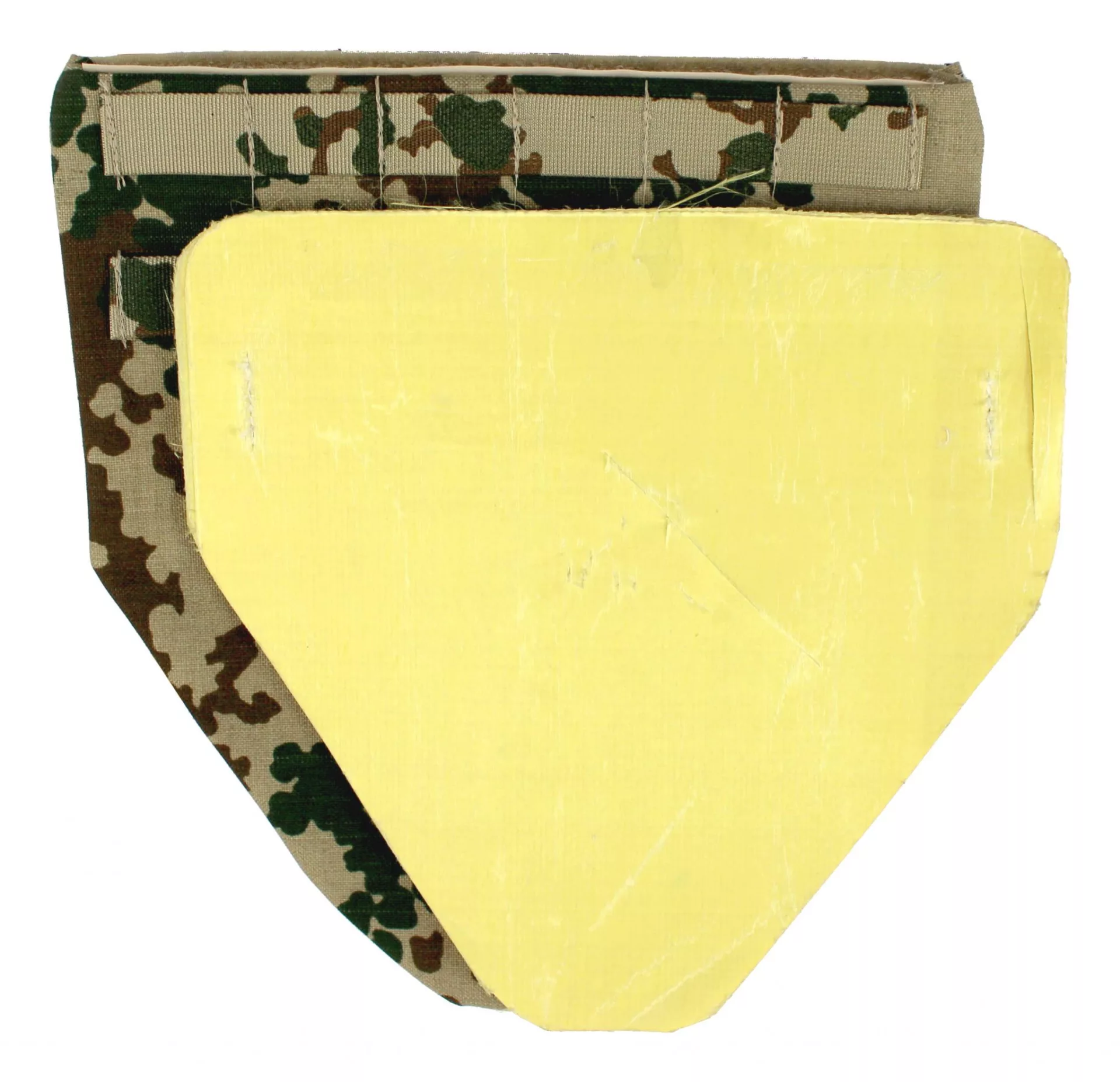
Summary of ballistic protection classes
Now that both ballistic standards have been presented, the question arises as to where the main differences lie. Basically, it can be said that the German standard tests more threat scenarios. The NIJ standard does not include both the mounted shot and the firing of special police bullets.
Instead, the American standard tests with large calibers with a high man-stopping effect.
Although smaller calibers and lighter bullets are used on the German side, these are more aggressive in terms of penetration. On the German side, steel full metal jacket projectiles are already being tested from SK L upwards, while only normal full metal jacket projectiles are used on the American side. Further ammunition with high penetration power will follow on the German side.
Furthermore, an SK 4 is tested with 3 shots, while Level IV only has to withstand 1 shot. Level IV, on the other hand, protects against the significantly more powerful 7.62 x 63 mm caliber.
For trauma, the NIJ standard allows a maximum of 44 mm for all types. On the German side, a trauma value of 40 mm is only permitted for SK L and SK 1. SK 2, 3 and 4 are designed as an overtop vest. This means that only a trauma value of 22 mm is permitted for these.
In terms of wear resistance, both standards are on a par despite different test methods. Both standards guarantee durability and high robustness of the vests.
In conclusion, it can be said that the NIJ standard is recommended for wearers who are looking for protection against the largest possible caliber with average projectiles. A lower dream value and multi-hit protection at level IV are of secondary importance.
For those who want to protect themselves against as many threat scenarios as possible and are looking for protection against aggressive projectiles, the Technical Guideline is recommended. The technical guideline is also suitable for those who value low trauma and want multi-hit protection in the SK 4 range.
Ballistic inserts and corresponding covers such as plate carriers and vests are available in the Zentauron online store.
Article written by C. Wächter
